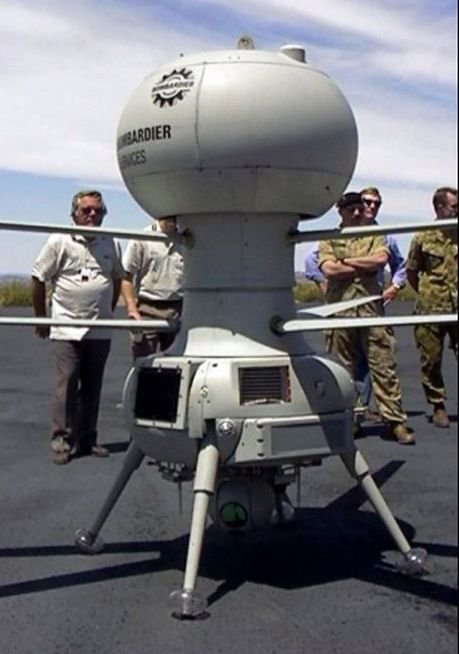|
|
Unmanned Aerial Vehicle (UAV)
|
Autonomy is commonly defined as the ability to make decisions without human intervention. To that end, the goal of autonomy is to teach machines to be "smart" and act more like humans. The keen observer may associate this with the development in the field of artificial intelligence made popular in the 1980s and 1990s such as expert systems, neural networks, machine learning, natural language processing, and vision. However, the mode of technological development in the field of autonomy has mostly followed a bottom-up approach, such as hierarchical control systems, and recent advances have been largely driven by the practitioners in the field of control science, not computer science. Similarly, autonomy has been and probably will continue to be considered an extension of the controls field.
To some extent, the ultimate goal in the development of autonomy technology is to replace the human pilot. It remains to be seen whether future developments of autonomy technology, the perception of the technology, and most importantly, the political climate surrounding the use of such technology, will limit the development and utility of autonomy for UAV applications. Also as a result of this, synthetic vision for piloting has not caught on in the UAV arena as it did with manned aircraft. NASA utilized synthetic vision for test pilots on the HiMAT program in the early 1980s, but the advent of more autonomous UAV autopilots, greatly reduced the need for this technology.
Interoperable UAV technologies became essential as systems proved their mettle in military operations, taking on tasks too challenging or dangerous for troops. NATO addressed the need for commonality through STANAG (Standardization Agreement) 4586. According to a NATO press release, the agreement began the ratification process in 1992. Its goal was to allow allied nations to easily share information obtained from unmanned aircraft through common ground control station technology. STANAG 4586 – aircraft that adhere to this protocol are equipped to translate information into standardized message formats; likewise, information received from other compliant aircraft can be transferred into vehicle-specific messaging formats for seamless interoperability. Amendments have since been made to the original agreement, based on expert feedback from the field and an industry panel known as the Custodian Support Team. Edition Two of STANAG 4586 is currently under review. There are many systems available today that are developed in accordance with STANAG 4586, including products by industry leaders such as AAI Corporation, CDL Systems, and Raytheon, all three of which are members of the Custodian Support Team for this protocol.
|
|









